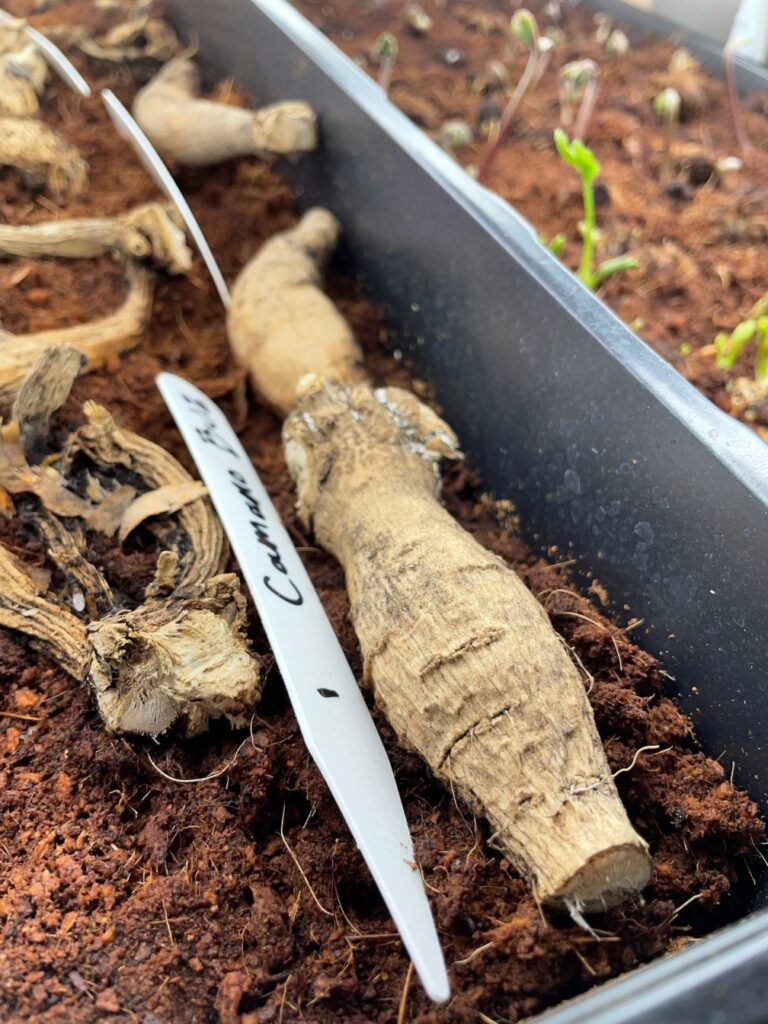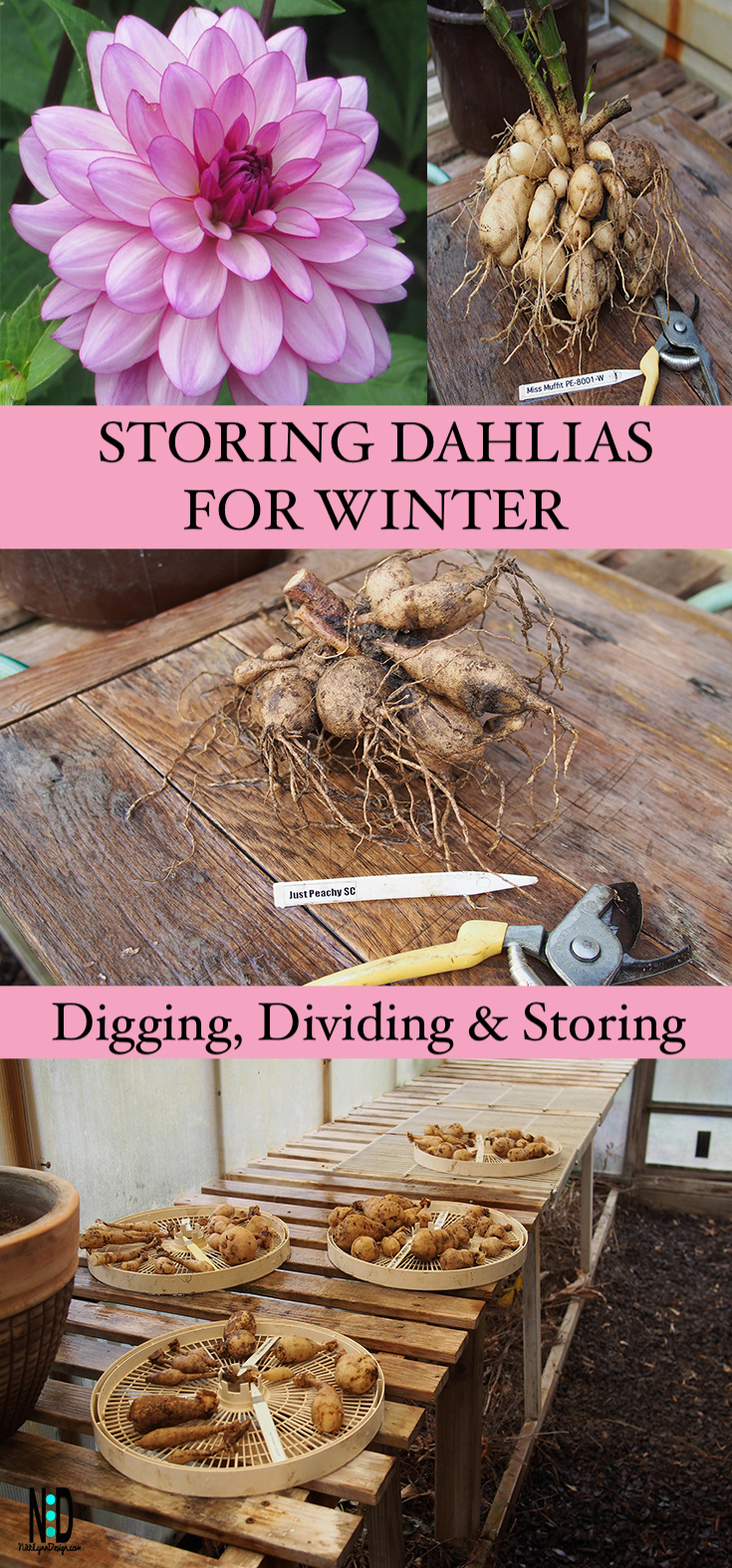Dahlia Care After the First Frost
As the weather starts to cool down, it’s essential to take action to protect your dahlia tubers from frost damage. Frost can cause significant damage to the tubers, making it difficult to successfully overwinter them. To avoid this, it’s crucial to understand how to identify the first signs of frost and take prompt action to safeguard your dahlias. The first signs of frost typically include a light dusting of frost on the leaves, a change in color, or a soft, mushy texture. If you notice any of these signs, it’s time to dig up your dahlia tubers and prepare them for winter storage. Failure to do so can result in the loss of these beautiful flowers, which can be a devastating blow to any gardener. By learning how to over winter dahlia tubers, you can ensure that your dahlias remain healthy and thrive come springtime.
Preparing the Tubers for Winter
Once you’ve identified the first signs of frost, it’s time to dig up your dahlia tubers and prepare them for winter storage. This process requires care and attention to detail to ensure the tubers remain healthy and disease-free. Start by carefully digging around the base of the plant, about 12-18 inches deep, to avoid damaging the tubers. Use a fork to gently loosen the soil, working your way around the plant. Once the soil is loose, lift the tubers out of the ground, taking care not to damage or bruise them. After digging, gently brush off any excess soil from the tubers, and inspect them for any signs of damage or disease. Remove any damaged or diseased areas to prevent the spread of disease during storage. By following these steps, you’ll be able to successfully prepare your dahlia tubers for winter storage, setting them up for a healthy and thriving bloom come springtime. Learning how to over winter dahlia tubers requires attention to detail, but with the right techniques, you can enjoy these beautiful flowers year after year.
How to Dry and Cure Dahlia Tubers
After preparing the tubers for winter, the next step is to dry and cure them to prevent rot and decay. This process is crucial for successful over-wintering of dahlia tubers. To dry and cure the tubers, place them in a warm, dry, and well-ventilated area, such as a shed or a room with good air circulation. The ideal temperature for drying and curing is between 60°F to 70°F (15°C to 21°C). Allow the tubers to dry for 2-4 weeks, or until the skin is dry and papery. During this time, inspect the tubers regularly for any signs of mold or rot, and remove any affected areas. Once the tubers are dry and cured, they are ready for storage. It’s essential to learn how to over winter dahlia tubers properly to ensure they remain healthy and thrive come springtime. By following these steps, you’ll be able to successfully dry and cure your dahlia tubers, setting them up for a healthy and thriving bloom next year.
Storing Dahlia Tubers in a Cool, Dark Place
Once the dahlia tubers are dry and cured, it’s essential to store them in a cool, dark place to maintain their health and viability. A basement or garage with a consistent temperature between 35°F to 45°F (2°C to 7°C) is ideal for storing dahlia tubers. Avoid storing them in areas with direct sunlight, as this can cause the tubers to sprout prematurely. It’s also crucial to maintain a relative humidity of 60-70% to prevent the tubers from drying out. To store the tubers, place them in a paper bag, cardboard box, or breathable container filled with vermiculite, peat moss, or shredded newspaper. Make sure to label the container with the dahlia variety and date to ensure easy identification. By storing dahlia tubers in a cool, dark place, you’ll be able to successfully over winter them and enjoy a vibrant bloom come springtime. Learning how to over winter dahlia tubers requires attention to detail, but with the right storage conditions, you can enjoy these beautiful flowers year after year.
Checking on Your Dahlias During the Winter Months
Regularly checking on stored dahlia tubers is crucial to ensure they remain healthy and disease-free throughout the winter months. It’s essential to inspect the tubers every 4-6 weeks to identify any potential issues, such as mold, rot, or pest infestations. When checking on the tubers, look for signs of moisture, soft spots, or a sour smell, which can indicate decay. If you notice any of these signs, remove the affected tuber to prevent the spread of disease. To prevent moisture buildup, gently shake off any excess vermiculite or peat moss and ensure the storage container has good air circulation. By regularly checking on stored dahlia tubers, you can identify and address any issues promptly, increasing the chances of successful over-wintering. Learning how to over winter dahlia tubers requires attention to detail, and regular checks can make all the difference in the health and viability of your tubers. By following these steps, you’ll be able to enjoy a vibrant and thriving bloom come springtime.
Dividing and Re-Potting Dahlia Tubers in the Spring
Once the threat of frost has passed and the soil has warmed up, it’s time to divide and re-pot dahlia tubers. This process is crucial for maintaining the health and vigor of the tubers, as it allows them to grow and thrive in the new season. To divide the tubers, gently wash away any remaining storage material and inspect the tubers for any signs of damage or disease. Using a sharp, clean tool, carefully divide the tubers into sections, making sure each section has at least one “eye” or growing point. Re-pot the divided tubers in a well-draining potting mix, and water thoroughly. Place the pots in a sunny location, and keep the soil consistently moist. As the new growth emerges, provide support for the stems and flowers. By dividing and re-potting dahlia tubers in the spring, gardeners can enjoy a vibrant and thriving bloom, and successfully over winter dahlia tubers for years to come. Remember, learning how to over winter dahlia tubers requires attention to detail, and proper spring care is essential for a successful bloom.
Tips for Successful Dahlia Over-Wintering
When it comes to over-wintering dahlia tubers, there are several tips and tricks to keep in mind to ensure success. One of the most important things to remember is to handle different types of dahlias differently. For example, some varieties of dahlias, such as ball dahlias and pompon dahlias, are more prone to rot and decay than others, and may require extra care when storing. Additionally, it’s essential to avoid common mistakes, such as storing tubers in airtight containers or failing to check on them regularly during the winter months. By learning how to over winter dahlia tubers properly, gardeners can avoid these mistakes and enjoy a thriving bloom come springtime. Another key tip is to label and organize stored tubers, making it easy to identify and retrieve specific varieties when it’s time to re-pot in the spring. Finally, consider storing tubers in paper bags or breathable containers, rather than plastic bags, to prevent moisture buildup and promote healthy storage conditions. By following these tips and tricks, gardeners can successfully over-winter dahlia tubers and enjoy a vibrant and thriving bloom for years to come.
Getting a Head Start on Next Year’s Bloom
One of the greatest benefits of learning how to over winter dahlia tubers is the head start it gives gardeners on next year’s bloom. By properly storing and caring for dahlia tubers over the winter months, gardeners can ensure a vibrant and thriving bloom come springtime. This not only provides a sense of accomplishment and satisfaction, but also allows gardeners to enjoy their dahlias for a longer period of time. Additionally, over-wintering dahlia tubers allows gardeners to propagate new plants, share them with friends and family, and experiment with different varieties and growing techniques. By following the steps outlined in this guide, gardeners can successfully over winter dahlia tubers and get a head start on next year’s bloom. With a little patience and care, gardeners can enjoy a stunning display of dahlias for years to come, and reap the rewards of learning how to over winter dahlia tubers.








